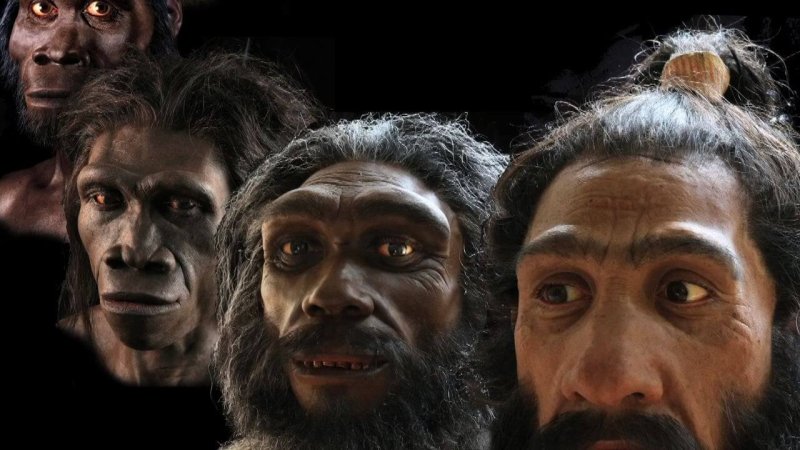Some scientists have theorized that it only became physically possible to speak a wide range of essential vowel sounds when our vocal anatomy changed with the rise of Homo sapiens some 300,000 years ago. This theoretical timeline means that language, where the brain associates words with objects or concepts and arranges them in complex sentences, would have been a relatively recent phenomenon, developing with or after our ability to speak a diverse array of sounds.
But a comprehensive study analyzing several decades of research, from primate vocalization to vocal tract acoustic modeling, suggests the idea that only Homo sapiens could physically talk may miss the mark when it comes to our ancestors’ first speech—by a staggering 27 million years or more.
Linguist Thomas Sawallis of the University of Alabama and colleagues stress that functional human speech is rooted in the ability to form contrasting vowel sounds.
…
The research team’s new study in Science Advances concludes that early human ancestors, long before even the evolution of the genus Homo, actually did have the anatomical ability to make such sounds.
When, over all those millions of years, human ancestors developed the cognitive ability to use speech to converse with each other remains an open question.
Read full, original post: Human Ancestors May Have Evolved the Physical Ability to Speak More Than 25 Million Years Ago































